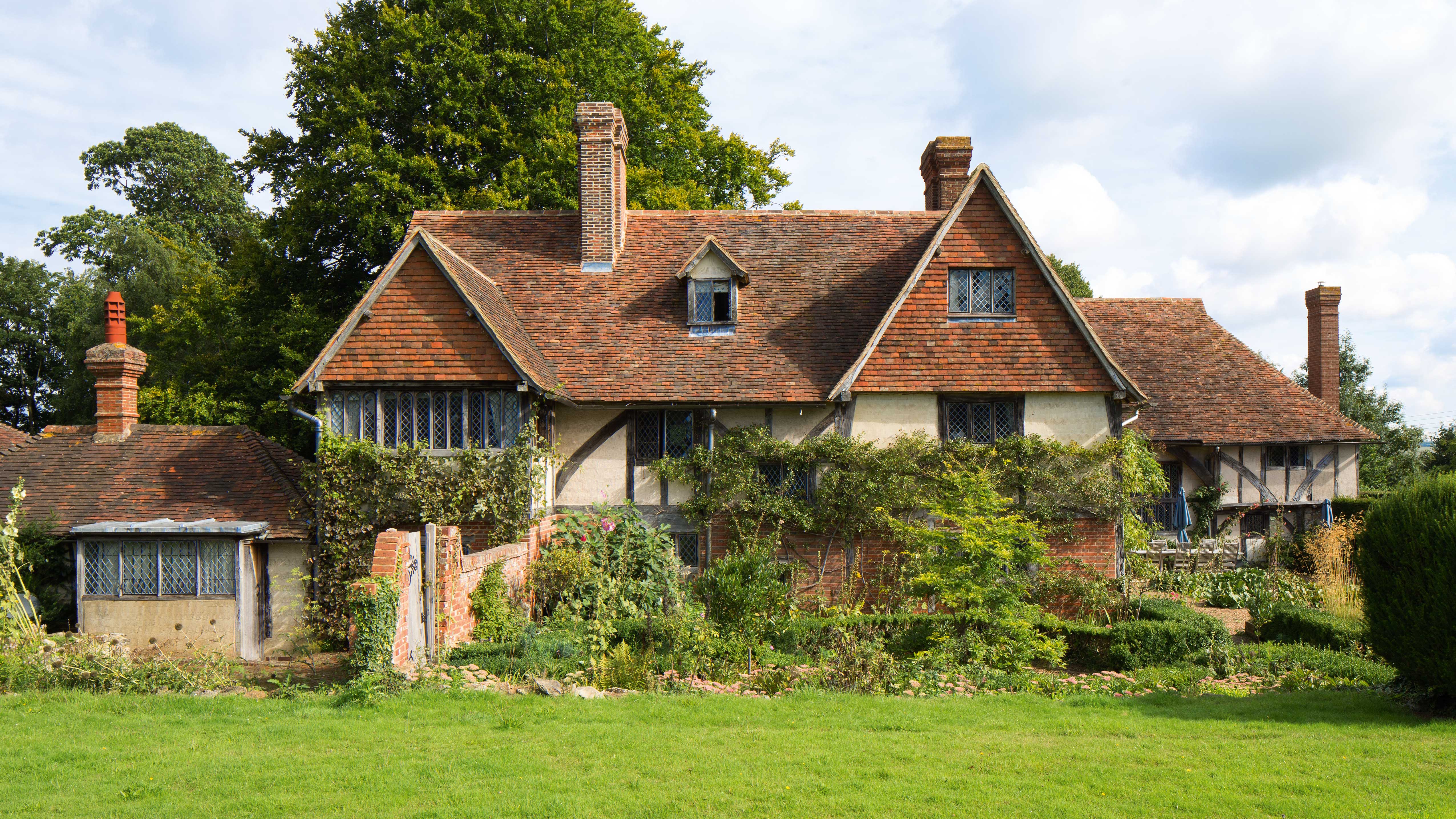

Owning a listed home is both a privilege and a responsibility. While its special status brings prestige and increases the property’s value, it does place restrictions on what you can and can’t do to personalise it, and also increases the cost of any approved repairs and improvements.
However, if you are willing to invest the necessary care and funds, a listed home can become a source of great pride that enables you to help preserve Britain’s architectural heritage. Find out more about renovating in a house in our guide.
Why are buildings listed?
There is a wonderful array of different types of listed homes across the country. When a property is judged to be ‘of special architectural or historic interest’, it is added to the listed buildings register. In theory, this protects it from being inappropriately modified or poorly maintained by any current or future owners.
While minor repairs are usually acceptable, most home-improvement works are subject to listed building consent. In addition to this, if the local authority finds you aren’t maintaining the property, or have altered it without consent, they can take action to secure repairs at your expense, or even make a compulsory purchase order.
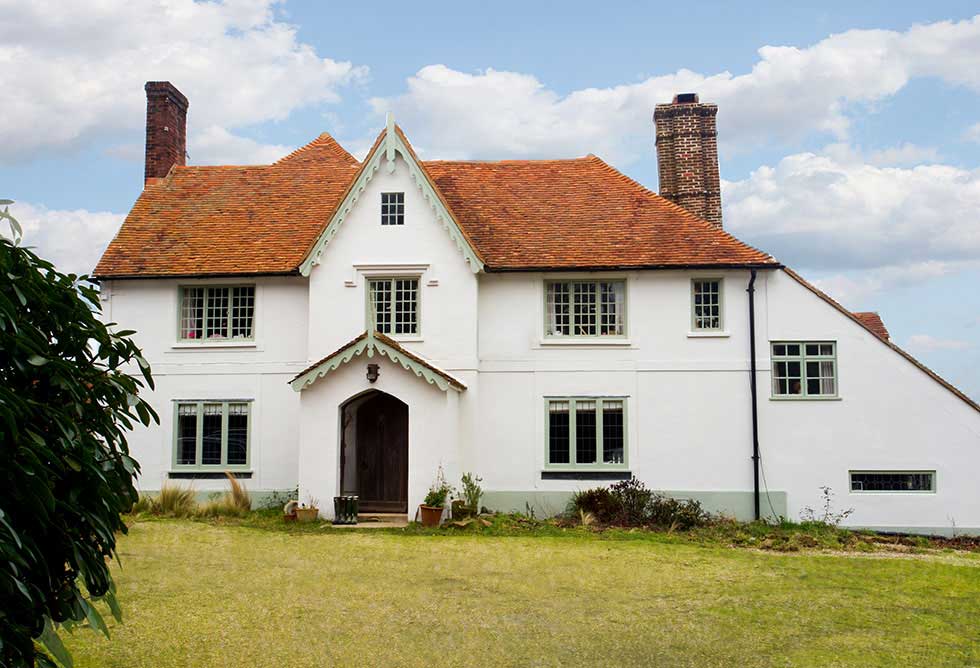
This five-bedroom farmhouse dates back to the 17th-century. All homes built before 1700 are listed, as long as they survive in anything like their original condition
Is my home listed?
The older the building the more likely it is to be listed. There are around half a million listed structures in the UK. This includes all buildings built before 1700 that survive in anything like their original condition, along with most dating from between 1700 to 1840. Only the best examples of later buildings are registered and only certain buildings after 1914.
If you aren’t sure your home is affected, you can search for the address on the relevant governing body’s website:
- England: Historic England holds the complete list of listed properties, including a searchable map.
- Wales: Cof Cymru has a searchable map.
- Scotland: Historic Environment offers a searchable list.
- Northern Ireland: Department for Communities holds a database of historic buildings.
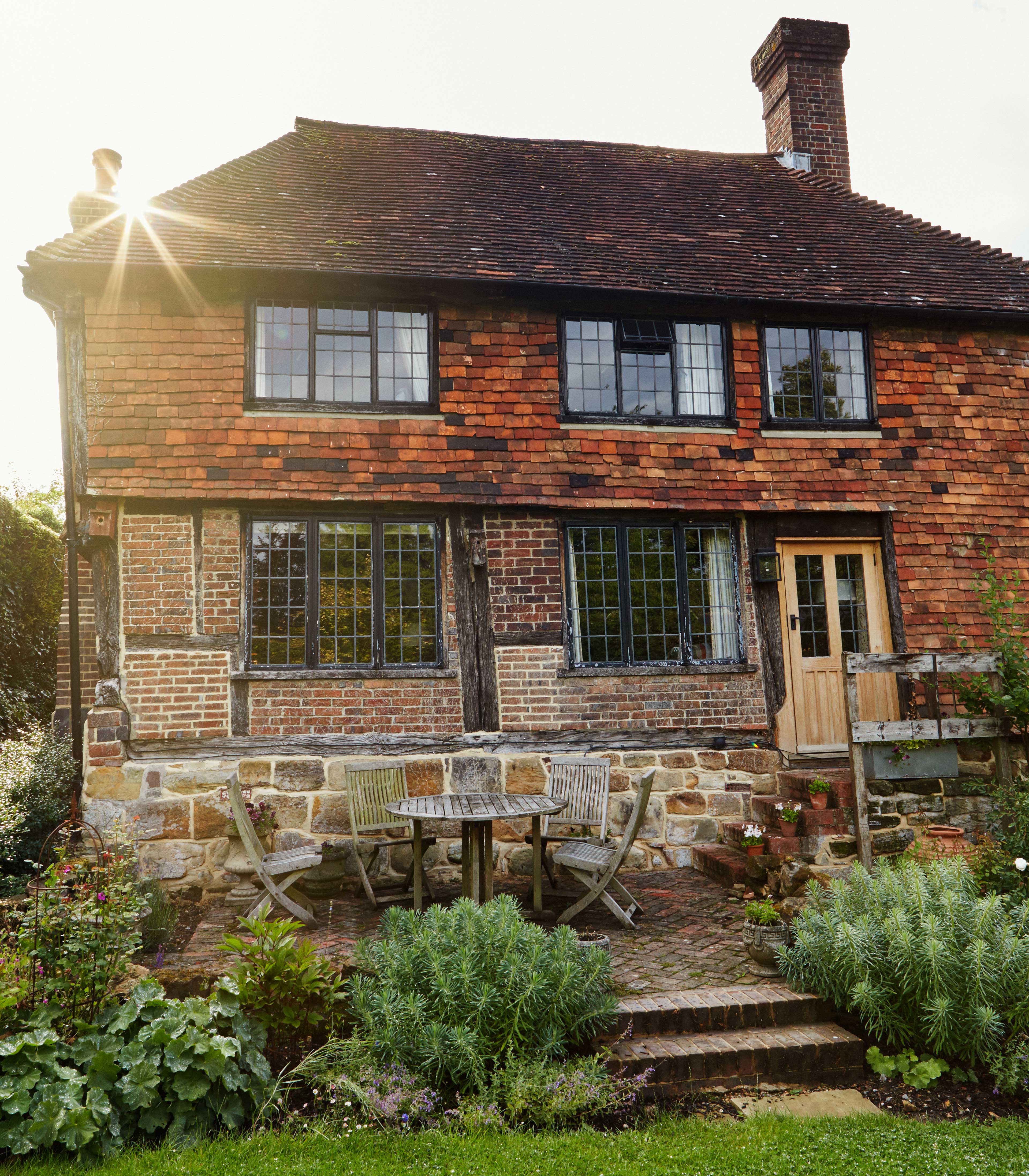
This Grade II-listed timber-frame Weald hall house in East Sussex dates back to the 15th century
Listing categories
The listing categories vary across the UK. England and Wales have three main Grades: I, II* and II.
- Most listed buildings (92 per cent) are Grade II, considered of special interest.
- Five per cent are Grade II*, and are particularly significant buildings of more than special interest.
- Buildings of outstanding or national architectural or historic interest make up the three per cent listed as Grade I.
- The categories in Scotland are A, B and C, while in Northern Ireland they’re A, B+, B1 and B2.
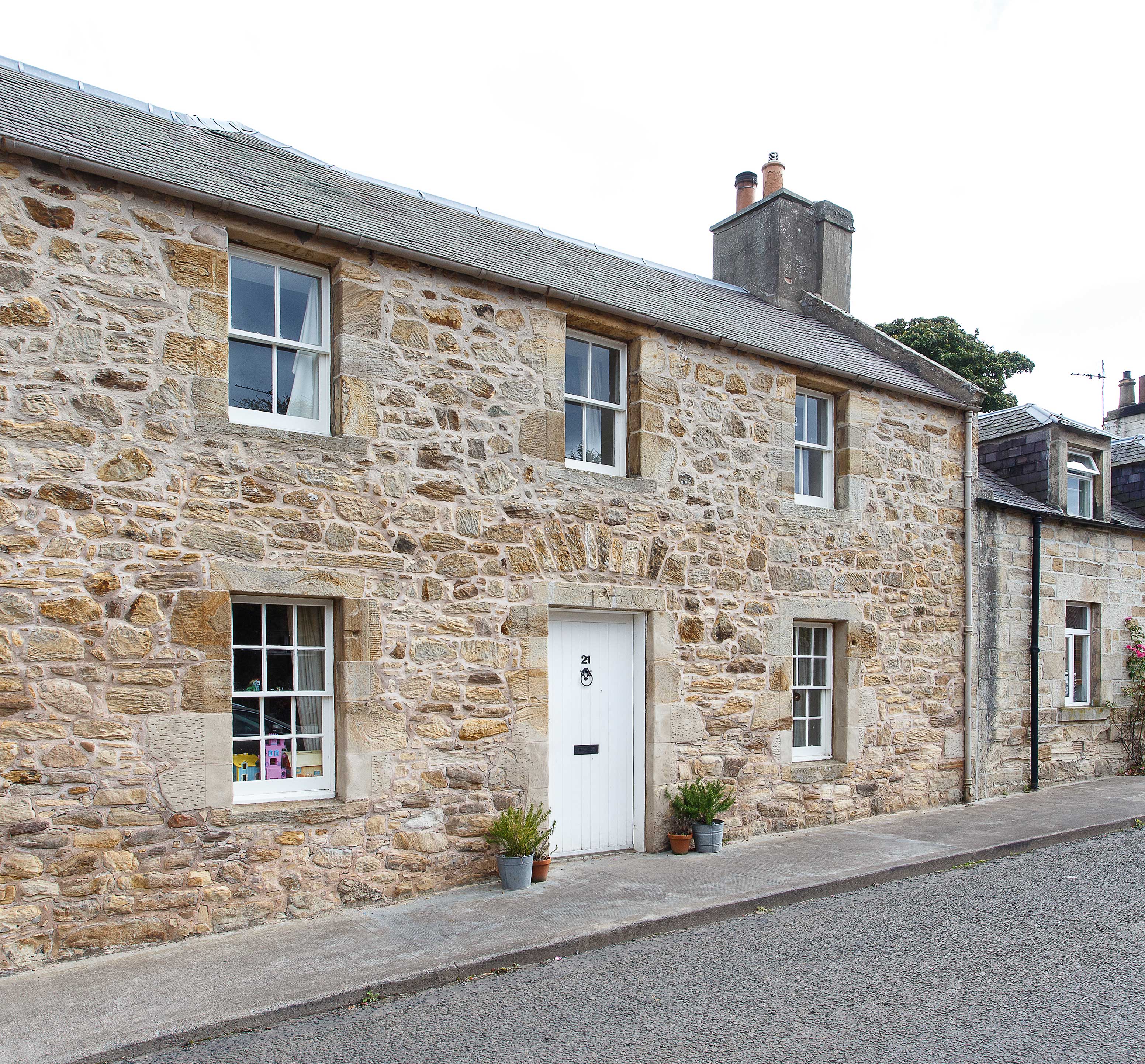
This semi-detached stone cottage, built just outside Edinburgh in 1752, is C listed
What does the listing cover?
Buildings are listed in their entirety, inside and out, even though some parts may be more important than others. Your local planning authority should be able to supply a copy of the list description (listings for England are found at English Heritage).
The amount of detail in the description varies and just because a particular feature isn’t mentioned, doesn’t mean it is not legally protected. Other structures within the surrounding land or ‘curtilage’ of the building may also be included, such as garden walls and even paving.
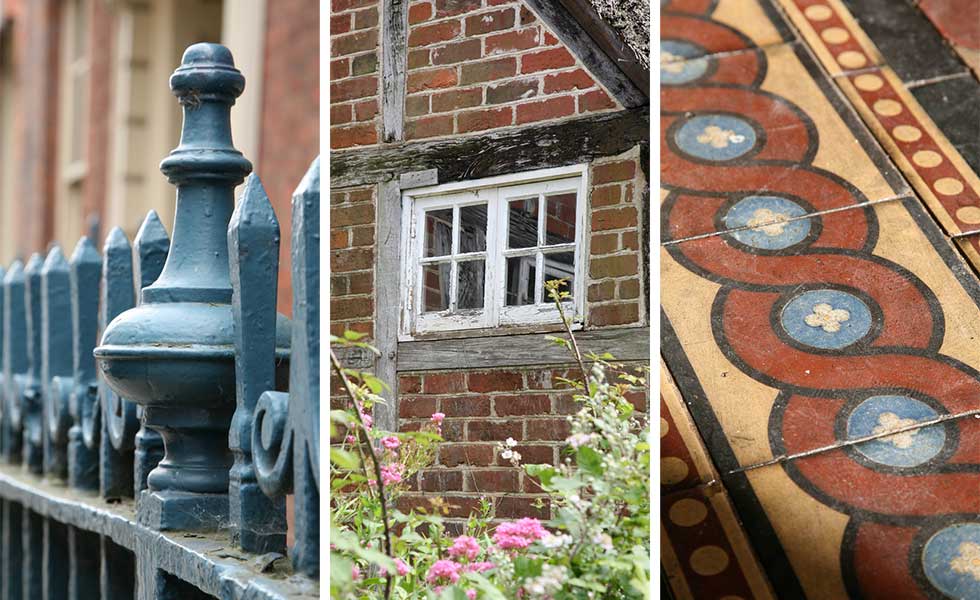
Ironwork within a house’s curtilage may be included in the listing; windows are almost always protected; original features, such as decorative clay floor tiles, should be preserved
Can I make changes to a listed house?
Listed status is protective but doesn’t prohibit all changes – in fact, statistics suggest that most applications to alter listed buildings are approved.
More from Period Living
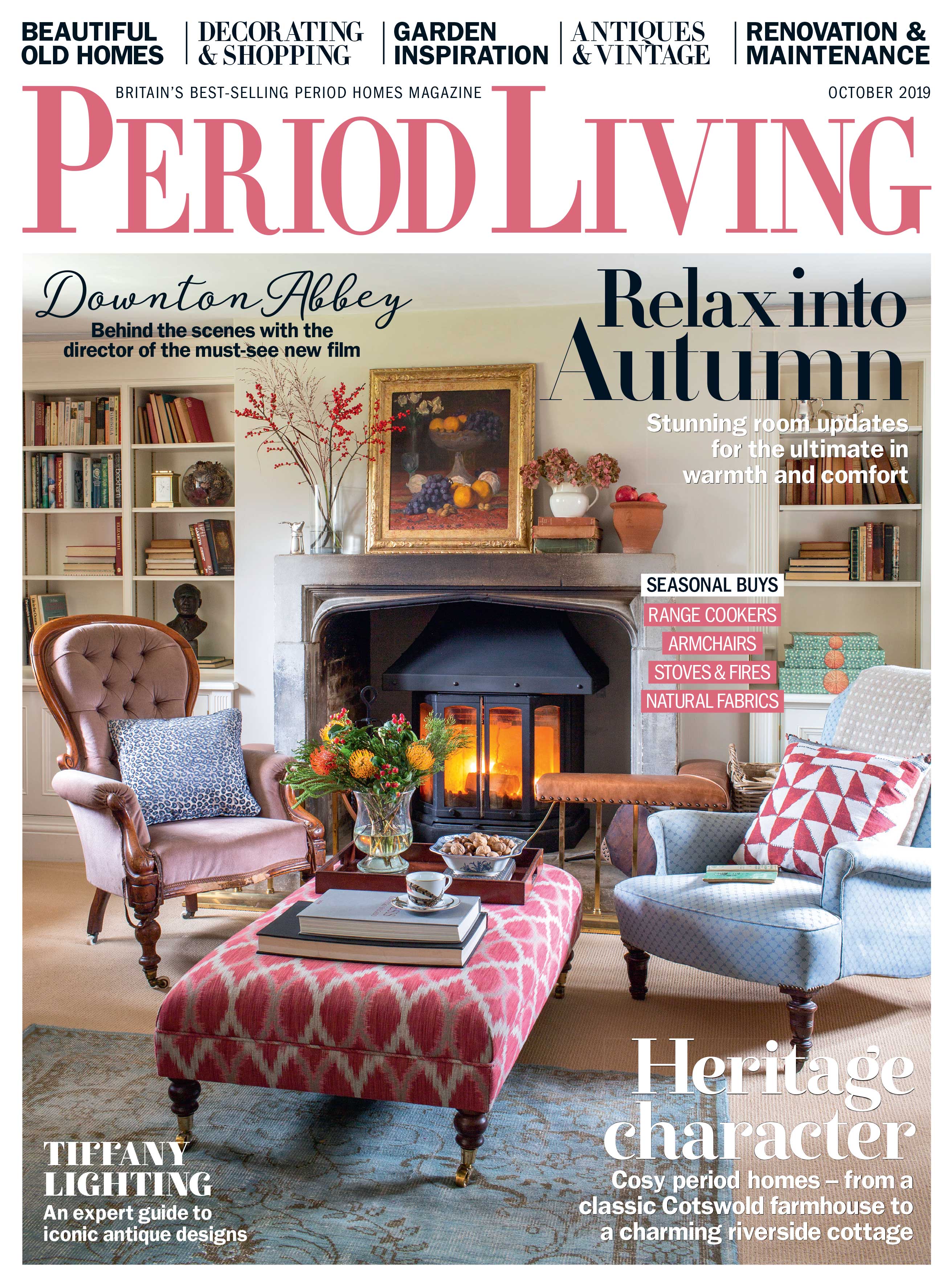
Get the best period home inspiration, ideas and advice straight to your door every month with a subscription to Period Living magazine
The aim of listing is to note that the building is special and to enable a thorough assessment of the impact of any proposed changes to be made before they are approved. This is generally done by a conservation officer within the local authority planning department. They also govern changes made to properties in Conservation Areas.
Generally any like-for-like repairs must match both the existing detail and materials originally employed, while ‘improvements’ may have to be reversible. This has implications when insuring the building since rebuilding and repair costs can be much higher than with an unlisted building.
Bear in mind that consent can be required for seemingly minor changes, such as cleaning brickwork, painting, or replacing modern unsympathetic windows for period-style ones.
If you are in any doubt, check before work starts or you may find you have committed a criminal offence leading to prosecution. Unauthorised work can be stopped and you may be forced to undertake expensive remedial works, or be required to seek retrospective consent.
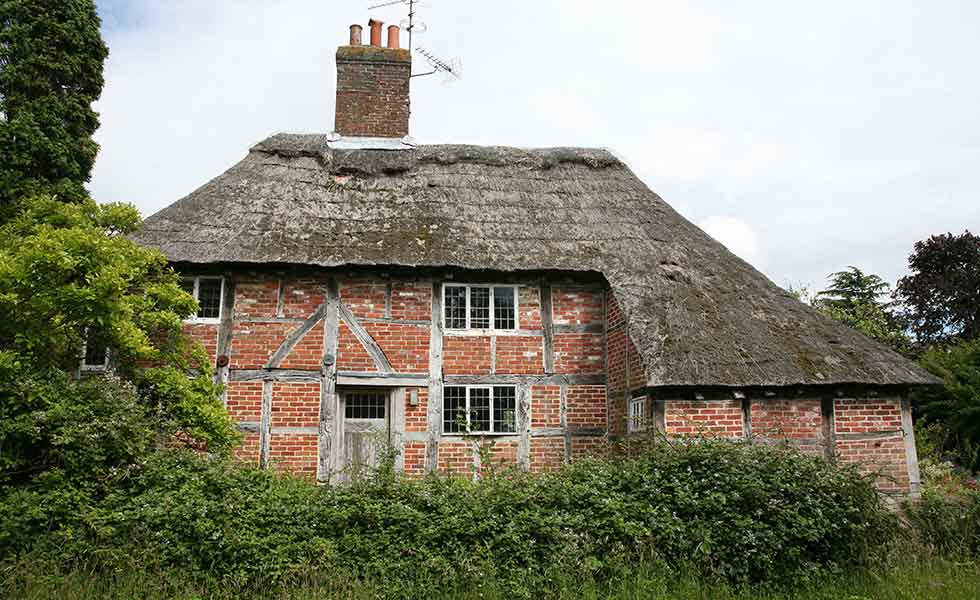
Extending a listed home
It’s a myth that planning officers prefer additions to listed homes to blend in and look as though they have always been there. Approved extensions to affected period properties may indeed be seamless, but designs that show a clear distinction between old and new – such as a minimalist glazed addition – are often preferred.
It’s often important to use materials that reference the original section, and that the extension is subservient. This likely means it will have a lower roofline, and may be more simple in its design.
To create a scheme that satisfies both you and the local authority, it’s best to work with an architect with experience of similar buildings, and the same goes for your choice of builder, too.
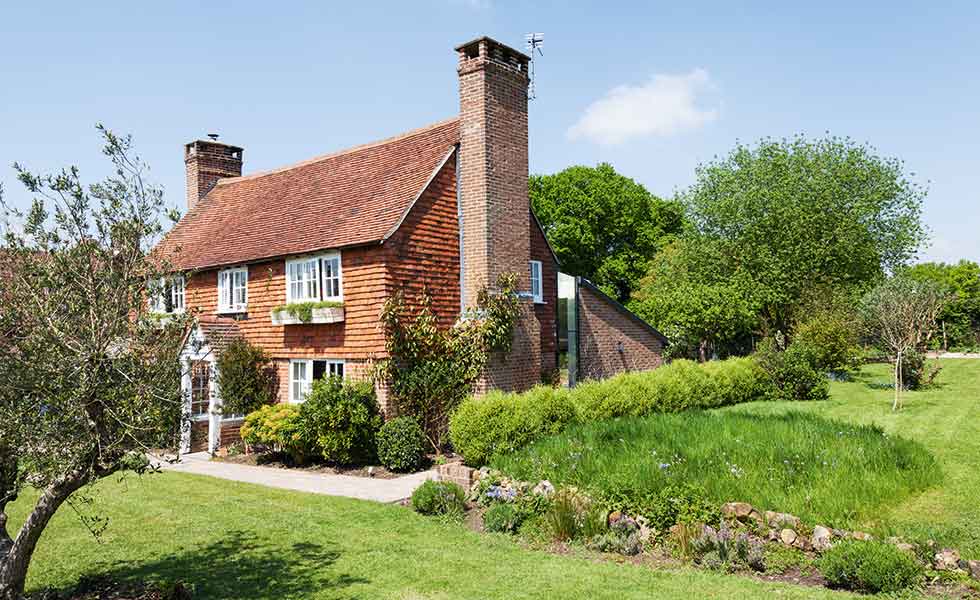
A listed home can be extended, but often has to show a clear distinction between old and new, such as a glazed link
What’s involved in applying for permission?
Before making a formal application for listed building consent, try to talk to your local conservation officer about what you want to achieve and also establish what is likely to be acceptable. They can be flexible and helpful with advice.
You must apply for consent for ‘works for the demolition of a listed building or for its alteration or extension in any manner, which would affect its character as a building of special architectural and historic interest’.
A conservation officer within the local authority planning department will make a thorough assessment of the impact of any proposed changes to be made before listed building consent is given. This consent will be required along with any planning permission or building control approvals, which are administered by different people within the planning department of your local authority.
What constitutes a proposal that will affect the character of a listed building can vary from place to place, depending on the local authority and the conservation officer involved. Where the building is of particular importance (Grade I or II*), applications may be assessed by English Heritage or, in other parts of the UK, an equivalent relevant body.
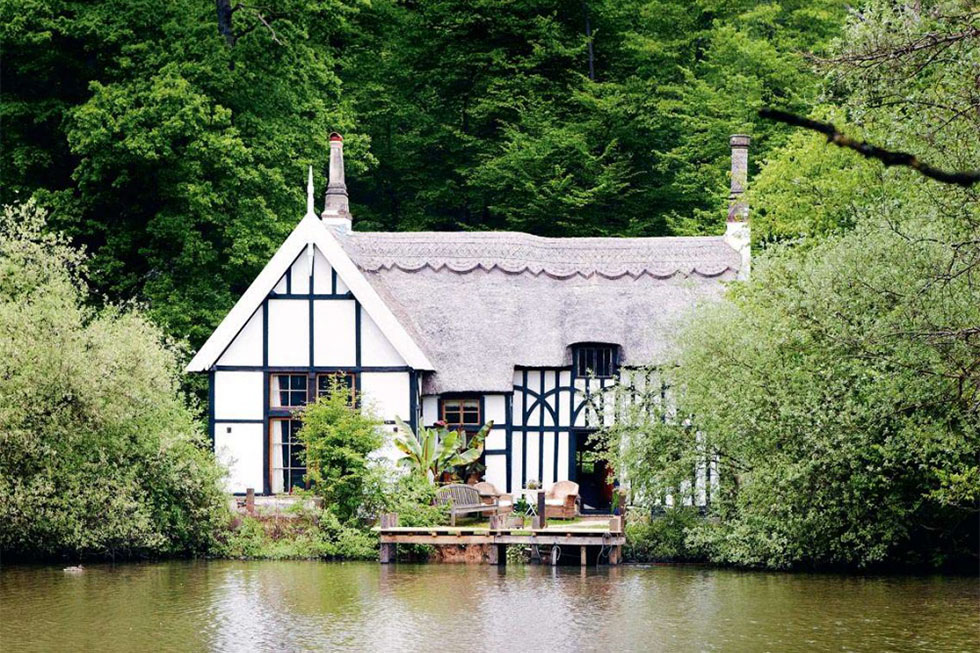
Listing isn’t the only special status to consider – this charming thatched property is not only Grade II-listed, but on a Site of Special Scientific Interest
Listed building dos and don’ts
- Do check with your solicitor whether the house you are buying is listed; never rely on the estate agent’s details.
- Do make sure that any alterations carried out by previous owners had consent before buying a listed property; any work done in the past will be the responsibility of the new owner.
- Do enlist the help of a local conservation officer who can explain what your local authority will allow.
- Do hire experienced architects, builders and other tradespeople who have worked with listed buildings before.
- Do ensure any listing conditions have been formally discharged when work is finished and keep all permissions and plans – you will need them if you sell your home.
- Don’t, under any circumstances, start work on a listed building without written confirmation that you may do so.
- Don’t forget that listed building consent is on top of planning permission and building control approvals.
- Don’t try to pull the wool over the eyes of the conservation officer and always offer sound and well researched reasons if you want to challenge their decision. Never assume your builder knows building law.
- Don’t underestimate the cost of repairs and rebuilding in the event of disaster striking. It is advisable to use an insurance company which has a good understanding of listed buildings.
Read more on renovating period homes:
Join our newsletter
Get small space home decor ideas, celeb inspiration, DIY tips and more, straight to your inbox!
-
 Want a 100% return on investment when upgrading a home for sale? Choose this home improvement
Want a 100% return on investment when upgrading a home for sale? Choose this home improvementIf in doubt about where to invest for improving your home value, go for this one room, real estate expert says
By Anna Cottrell Published
-
 Downsizing after retirement? Pah! You won't believe what most of us wish for when we retire
Downsizing after retirement? Pah! You won't believe what most of us wish for when we retireIndoor pools, eco features, Jacuzzis and cinema rooms feature as the most popular dream home improvements post-retirement – if money were no object, obviously
By Anna Cottrell Published